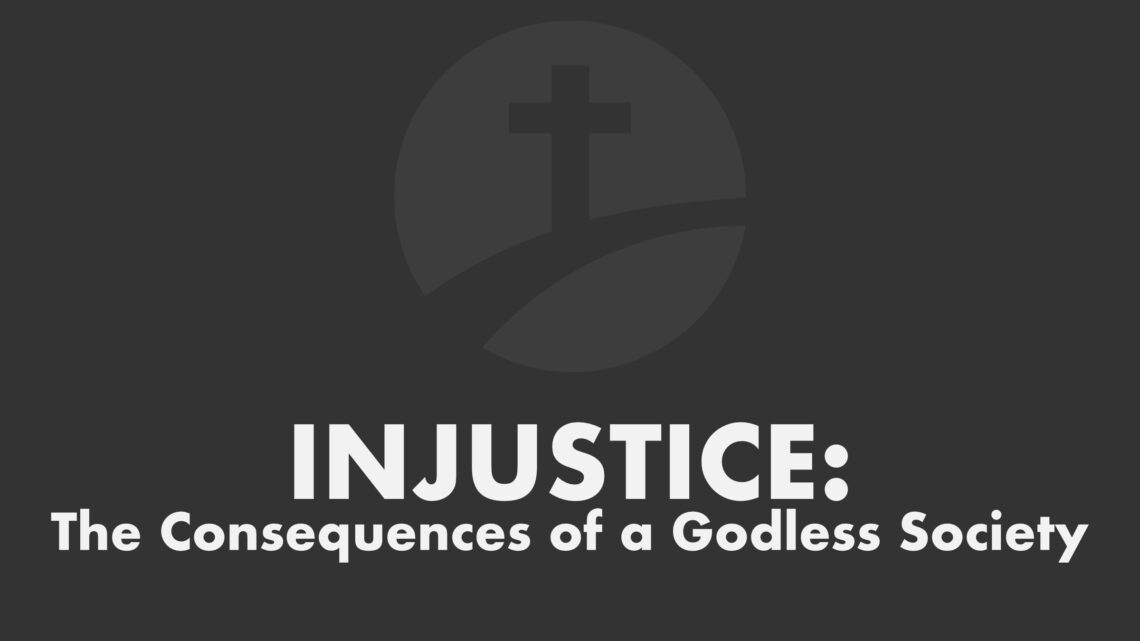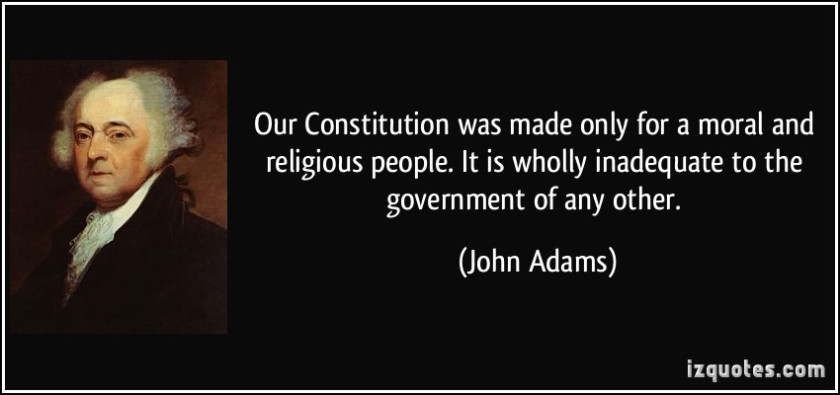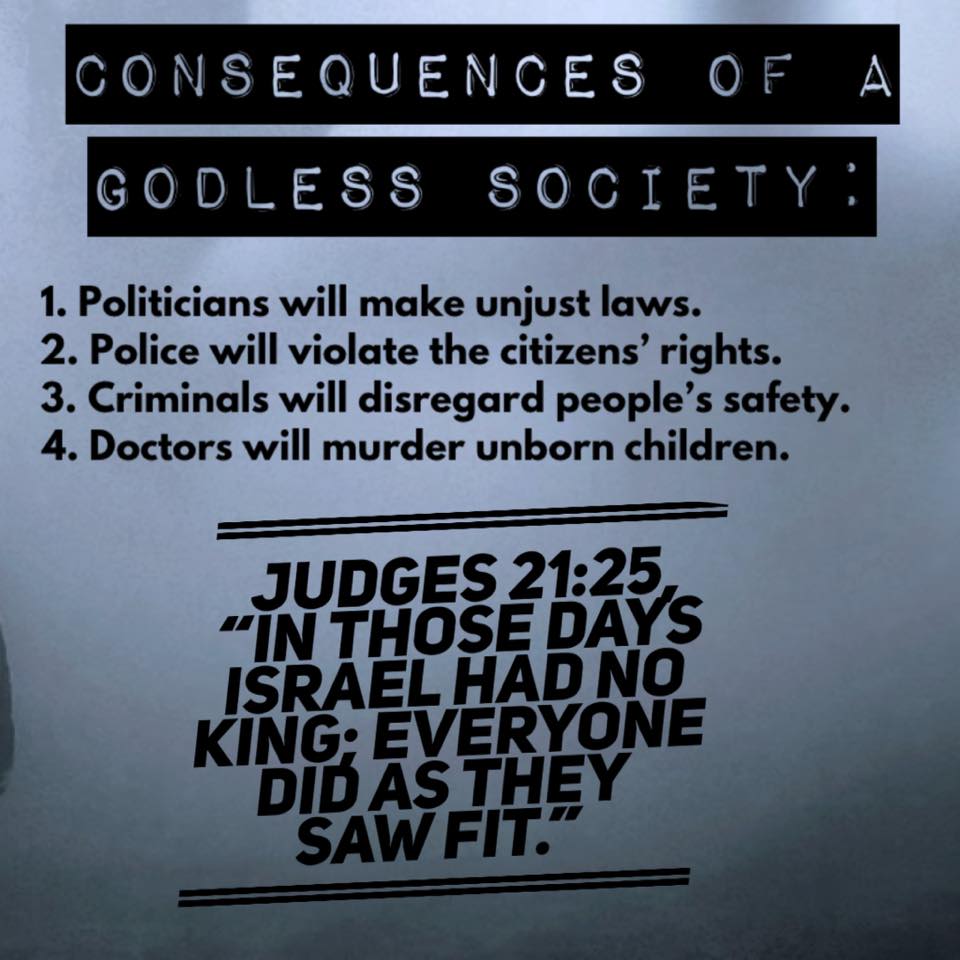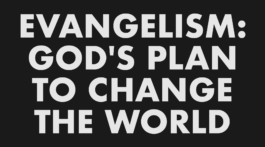Sadly, the U.S. is being overwhelmed with injustices that have made some result to godless behavior to inflict revenge upon their oppressors. At this time pivotal time, I am calling on all Christians to adopt the nonviolent strategies of Martin Luther King, Jr. as laid out in his book, Stride Toward Freedom: Pilgrimage to Nonviolence, as summarized below from the website, Resource Center for Nonviolence:
- First, it must be emphasized that nonviolent resistance is not a method for cowards; it does resist. If one uses this method because one is afraid or merely because one lacks the instruments of violence, this person is not truly nonviolent. This is why Gandhi often said that if cowardice is the only alternative to violence, it is better to fight. He made this statement conscious of the fact that there is always another alternative: no individual or group need submit to any wrong, nor need they use violence to right the wrong. There is always the way of nonviolent resistance. This ultimately is the way of the strong person. It is not a method of stagnant passivity. The phrase “passive resistance” often gives the false impression that this is a sort of “do-nothing” method in which the resister quietly and passively accepts evil. But nothing is further from the truth. For while the nonviolent resister is passive in the sense that she is not physically aggressive toward the opponent, her mind and emotions are always active, constantly seeking to persuade the opponent that he is wrong. The method is passive physically, but strongly active spiritually. It is not passive non-resistance to evil, it is active nonviolent resistance to evil.
- A second basic fact that characterizes nonviolence is that it does not seek to defeat or humiliate the opponent, but to win his friendship and understanding. The nonviolent resister must often express protest through noncooperation and boycotts, but the resister realizes that these are not ends in themselves; they are merely means to awaken a sense of moral shame in the opponent. The end is redemption and reconciliation. The aftermath of nonviolence is the creation of the beloved community, while the aftermath of violence is tragic bitterness.
- A third characteristic of this method is that the attack is directed against forces of evil rather than against persons who happen to be doing the evil. It is evil that the nonviolent resister seeks to defeat, not the persons victimized by evil. If she is opposing racial injustice, the nonviolent resister has the vision to see that the basic tension is not between races. As I like to way to the people in Montgomery: “tension in this city is not between white people and Negro people. The tension is, at bottom, between justice and injustice, between the forces of light and the forces of darkness. And, if there is a victory, it will be a victory not merely for fifty thousand Negroes, but a victory for justice and the forces of light. We are out to defeat injustice and not white persons who may be injust.”
- A fourth point that characterizes nonviolent resistance is a willingness to accept suffering without retaliation, to accept blows from the opponent without striking back. “Rivers of blood may have to flow before we gain our freedom, but it must be our blood,” Gandhi said to his countrymen. The nonviolent resister is willing to accept violence if necessary, but never to inflict it. He does not seek to dodge jail. If going to jail is necessary, he enters it “as a bridegroom enters the bride’s chamber.” One may well ask: “What is the nonviolent resister’s justification for this ordeal to which he invites others, for this mass political application of the ancient doctrine of turning the other cheek?” The answer is found in the realization that unearned suffering is redemptive. Suffering, the nonviolent resister realizes, has tremendous educational and transforming possibilities. “Things of fundamental importance to people are not secured by reason alone, but have to be purchased with their suffering,” said Gandhi. He continues: “Suffering is infinitely more powerful than the law of the jungle for converting the opponent and opening his ears which are otherwise shut to the voice of reason.”
- A fifth point concerning nonviolent resistance is that it avoids not only external physical violence but also internal violence of spirit. The nonviolent resister not only refuses to shoot his opponent, but he also refuses to hate him. At the center of nonviolence stands the principle of love. The nonviolent resister would contend that in the struggle for human dignity, the oppressed people of the world must not succumb to the temptation of becoming bitter or indulging in hate campaigns. To retaliate in kind would do nothing but intensify the existence of hate in the universe. Along the way of life, someone must have sense enough and morality enough to cut off the chain of hate. This can only be done by projecting the ethic of love to the center of our lives.
- A sixth basic fact about nonviolent resistance is that it is based on the conviction that the universe is on the side of justice. Consequently, the believer in nonviolence has deep faith in the future. This faith is another reason why the nonviolent resister can accept suffering without retaliation. For the resister knows that in the struggle for justice he and she have cosmic companionship. It is true that there are devout believers in nonviolence who find it difficult to believe in a personal God. But even these persons believe in the existence of some creative force that works for universal wholeness. Whether we call it an unconscious process, an impersonal Brahman, or a Personal Being of matchless power and infinite love, there is a creative force in this universe that works to bring the disconnected aspects of reality into a harmonious whole. [My insert: Certainly, we as Christians only believe the Triune God to be able to account for such a hope in the future of justice.]
SERMON TEXT
Judges 21:25, “In those days Israel had no king; everyone did as they saw fit.”
THE CRY OF THE PROPHET FOR JUSTICE – ISAIAH 59
1 Surely the arm of the Lord is not too short to save, nor his ear too dull to hear. 2 But your iniquities have separated you from your God; your sins have hidden his face from you, so that he will not hear. 3 For your hands are stained with blood, your fingers with guilt. Your lips have spoken falsely, and your tongue mutters wicked things.
4 No one calls for justice; no one pleads a case with integrity. They rely on empty arguments, they utter lies; they conceive trouble and give birth to evil. 5 They hatch the eggs of vipers and spin a spider’s web. Whoever eats their eggs will die, and when one is broken, an adder is hatched. 6 Their cobwebs are useless for clothing; they cannot cover themselves with what they make. Their deeds are evil deeds, and acts of violence are in their hands. 7 Their feet rush into sin; they are swift to shed innocent blood. They pursue evil schemes; acts of violence mark their ways. 8 The way of peace they do not know; there is no justice in their paths. They have turned them into crooked roads; no one who walks along them will know peace.
9 So justice is far from us, and righteousness does not reach us. We look for light, but all is darkness; for brightness, but we walk in deep shadows. 10 Like the blind we grope along the wall, feeling our way like people without eyes. At midday we stumble as if it were twilight; among the strong, we are like the dead. 11 We all growl like bears; we moan mournfully like doves. We look for justice, but find none; for deliverance, but it is far away.
12 For our offenses are many in your sight, and our sins testify against us. Our offenses are ever with us, and we acknowledge our iniquities: 13 rebellion and treachery against the Lord, turning our backs on our God,
inciting revolt and oppression, uttering lies our hearts have conceived. 14 So justice is driven back, and righteousness stands at a distance; truth has stumbled in the streets, honesty cannot enter.
15 Truth is nowhere to be found, and whoever shuns evil becomes a prey. The Lord looked and was displeased that there was no justice. 16 He saw that there was no one, he was appalled that there was no one to intervene; so his own arm achieved salvation for him, and his own righteousness sustained him. 17 He put on righteousness as his breastplate, and the helmet of salvation on his head; he put on the garments of vengeance and wrapped himself in zeal as in a cloak.
18 According to what they have done, so will he repay wrath to his enemies and retribution to his foes; he will repay the islands their due. 19 From the west, people will fear the name of the Lord, and from the rising of the sun, they will revere his glory. For he will come like a pent-up flood that the breath of the Lord drives along. 20 “The Redeemer will come to Zion, to those in Jacob who repent of their sins,” declares the Lord. 21 “As for me, this is my covenant with them,” says the Lord. “My Spirit, who is on you, will not depart from you, and my words that I have put in your mouth will always be on your lips, on the lips of your children and on the lips of their descendants- from this time on and forever,” says the Lord.
Isaiah 1:27-28, “27 Zion will be delivered with justice, her penitent ones with righteousness. 28 But rebels and sinners will both be broken, and those who forsake the Lord will perish.”








